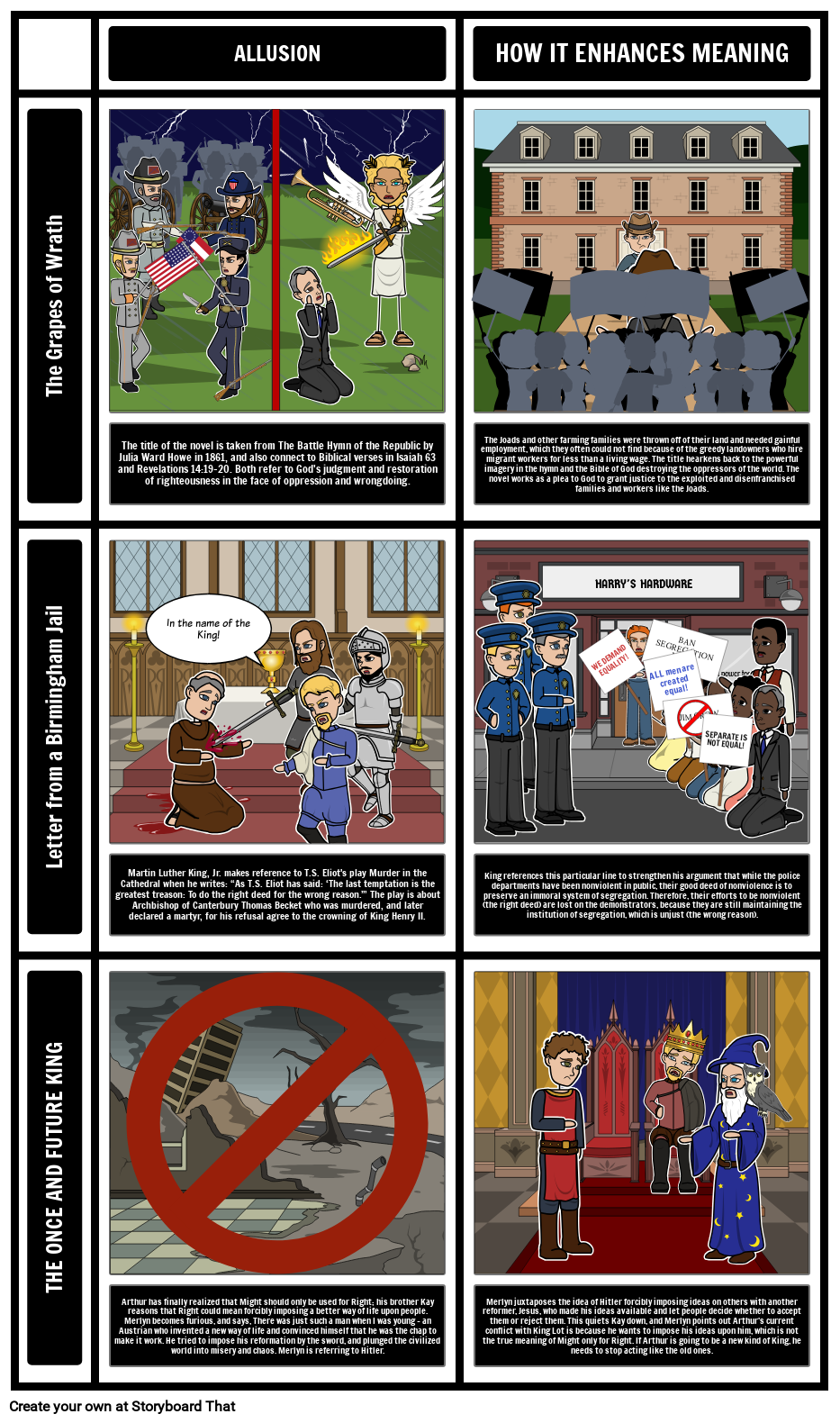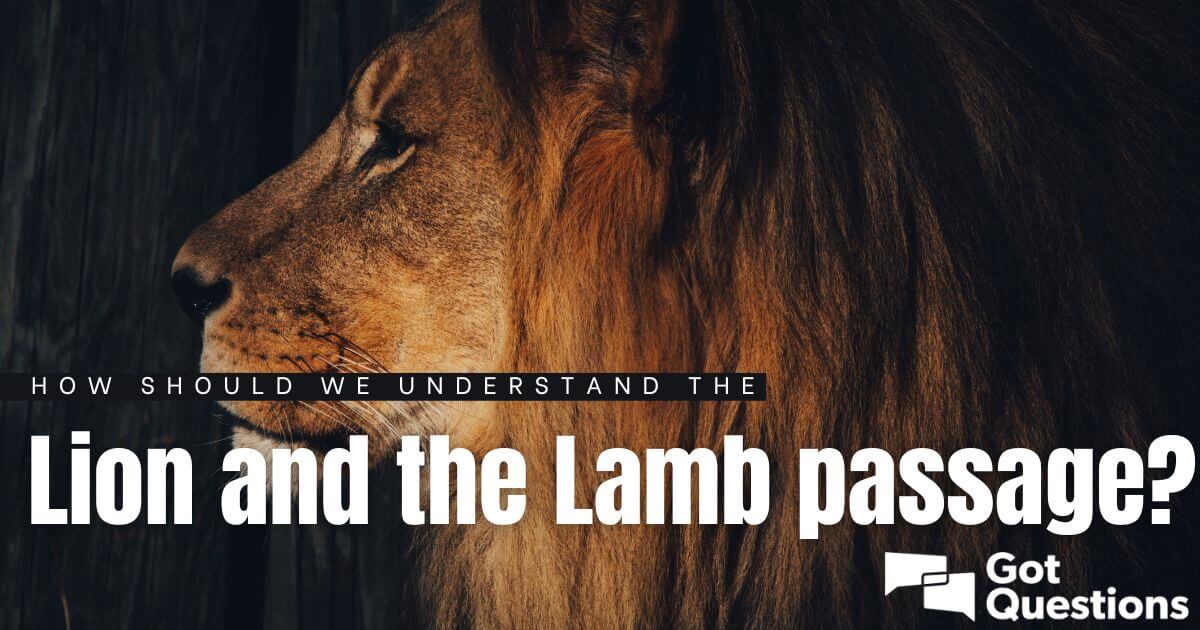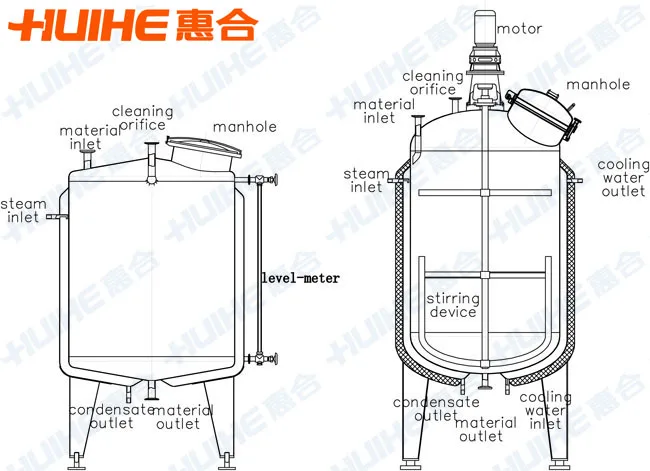We will then apply Relationship-Centered Care principles to the student-teacher relationship. We conclude by making suggestions for future research on the hidden curriculum and the significance of relationships in the formation of doctors. Beginning in early 2020, the COVID-19 pandemic disrupted education systems throughout the world, affecting nearly 1.6 billion learners in more than 190 countries. Closures of schools and other learning spaces have impacted 94 percent of the world's student population, up to 99 percent in low and lower-middle income countries. As of September 30, 2020 there were 27 countries that had localized school closures. In the United States, an estimated 55.1 million students were forced to cease in-person instruction as of April 10, 2020.
A switch to a virtual learning experience is particularly challenging for families that cannot afford the proper technology, such as laptops, printers, or a reliable Internet connection. When schools close, parents are often asked to facilitate the learning of children at home and can struggle to perform this task. This is especially true for parents with limited education and resources.
Students who require special education found it difficult to progress through the curriculum without tools and support that they require. Polling suggests that schools that serve a majority of students of color are far less likely to have access to the technology needed for remote learning. Only 66% of Black households in the U.S. had home broadband service in 2019. Only 45% of Black Americans owned a desktop or laptop computer in 2015.
What Is The Meaning Of In Relation To Without access to the internet or a computer, Black parents are at a disadvantage in educating their children. The mental health of students has been greatly impacted due to the pandemic. It is estimated that three in ten participating in school at home have had their emotional and mental health negatively impacted. Similarly, the social lives of students have also been upended and this has been detrimental to the health of students worldwide which has also negatively impacted educational quality.
COVID-19 has shone a light on opportunity gaps and it will be up to educators and policymakers to direct the necessary resources to mitigating them in the coming years. Becoming and being a teacher in higher education is a long process of individual transformation. The research aims at highlighting the meaning of time and relations in regard to teachers' professional self-awareness through their interactions with students in higher education. The research design was qualitative in which the phenomenological methodology according to Max van Manen version was applied. Findings revealed that temporality and relationality are social constructs that shape the teacher-student interactions in higher education as they are loaded with worldviews that guide their educational actions and and their relationships.
Thus their subjectivities and life-world educational experiences-based worlds are built on temporalities. A higher education teacher's professional self-awareness is a developmental process which requires from the person reflection on his/her own experiences. Teachers through interactions with students balance between expectations and requirements which encourage both sides to find ways of integrating creative methods into the teaching and learning processes. Through working with students, teachers step into the "unknown" and learn within togetherness.
Being in togetherness brings bilateral interchange between teachers and students, which motivates both sides to be self-aware. These reciprocal interactions invite participants to grow and seek mutual interchange through different experiences and contexts. The organisational support grant is calculated on the number of all supported mobile participants (including mobile participants with a zero-grant from EU Erasmus+ funds for the entire mobility period – see below – and staff from enterprises teaching at a HEI). Mobile participants with a zero-grant from EU Erasmus+ funds for the entire mobility period count as supported mobile participant, as they benefit from the mobility framework and organisational activities. Organisational support is therefore also paid for these participants. This excludes persons accompanying participants during their activity abroad.
In mobility projects supported by external policy funds, the calculation does not take account of additional mobilities that may be organised by transferring funds between budget categories. Relationship structures reflect the intentional structuring of time and space, embedded from the classroom to the district level, to ensure that relationships among students and with adults can flourish. Time to connect, learn about and be with others is recognized as the avenue to learning and growth, so it is resourced and planned for, not short-changed. At the classroom level, this may include class meeting/advisory periods, collaborative learning experiences, peer mentoring, and school and civic engagement opportunities. At the school level, this may include looping and cohorting students, interdisciplinary teaming, block scheduling, and expanded learning opportunities.
At the district level, this may include structuring of longer grade spans (K-8, 6-12) and smaller school/class sizes. Good teacher-student relationship, characterized by high levels of closeness, plays an active role in the development of both teachers and students, which contributes to students' social-emotional, behavioral, and academic adjustment . These studies provide insight into how teacher-student relationships influence students' outcomes. Studies have shown that active learning rarely applied in schools is highly efficacious. Studies found that massive open online courses offer a pathway to employment that currently bypasses conventional universities and their degree programs while often being more relevant to contemporary economic activities and the students' interests. Such online courses are not commonly part of formal education but are typically both completed and selected entirely on behalf of the student, sometimes with the support of peers over online forums.
Deploying, using, and managing various tools or platforms for education typically imply an increase in economic investment. Expenses for education are often large with many calling for further increases. In order to make access to student and staff mobility as easy as possible, in line with the principles of the ECHE, higher education institutions must ensure equal and equitable access and opportunities to current and prospective participants from all backgrounds. This means including participants with fewer opportunities, such as participants with physical, mental and health related conditions, students with children, students who work or are professional athletes and students from all study fields underrepresented in mobility. Defining internal selection procedures that take into account equity and inclusion and assess applicants' merit and motivation holistically is essential in respecting this principle.
Furthermore, higher education institutions are encouraged to establish built-in mobility opportunities, such as mobility windows within their curricula to help facilitate the participation of students from all study fields. In this regard, blended mobility can help offer additional opportunities that may be more suitable for some individuals or student groups. In this context, having in place inclusion officers within the higher education institutions helps address inclusion and diversity. The Conflict dimension measures the negative aspects in the relationship, such as dis- cordant interactions and the absence of a satisfying teacher student relationship.
These aspects act as important stress factors for students in a school setting; student-teacher conflicts constitute a situation of tension and favor negative behaviors. Especially during secondary school, conflictual relations with the teacher are at the base of many behavioral problems. They jeopardize social abilities and interactions; impede good school performance 8; obstruct the development of positive attitudes toward schoolwork and increase the risk of regular absences from school. These are short, intensive programmes that use innovative ways of learning and teaching, including the use of online cooperation. The intensive programme should have added value compared to existing courses or trainings offered by the participating higher education institutions and can be multiannual. By enabling new and more flexible mobility formats that combine physical mobility with a virtual part, blended intensive programmes aim at reaching all types of students from all backgrounds, study fields and cycles.
This study explores and illuminates tutors' experiences of their teacher-student relationships within one-to-one alternative provision. A positive teacher-student relationship is crucial in enabling students who have been excluded from school, or are at risk of exclusion, to have positive outcomes. Yet, teachers have struggled with the emotional demands of relating to pupils with such challenging behaviour.
The IPA explored, through the lens of attachment theory, the experience of developing and maintaining these relationships. The study found that the teacher-student relationship was humanistic in nature and fundamental to student engagement in learning. However, tutors did not feel they always had the right skills or support to develop or maintain these relationships. We conclude that an understanding of attachment theory and psychodynamic concepts, together with the availability of reflective supervision, could help tutors optimise their work. A person with fewer opportunities is a potential participant whose personal, physical, mental or health-related conditions is such that his/her participation in the project / mobility action would not be possible without extra financial or other support. Higher education institutions that have selected students and/or staff with fewer opportunities can apply for additional grant support to the National Agency in order to cover the supplementary costs for their participation in the mobility activities.
For participants with fewer opportunities, in particular those with physical, mental or health-related conditions, the grant support may therefore be higher than the maximum individual grant amounts set out below. Higher education institutions will describe on their website how students and staff with fewer opportunities can request and justify such additional grant support. The cooperation or reciprocal relations between students and teachers can be explored with the application of qualitative research methods.
Many theories and perspectives can be applied to study the teacher-student relationship, which mainly include attachment theory , interpersonal theory , power dynamics , and phenomenological perspective . Combined with these theories or perspectives, qualitative study or quantitative study or both of them is used to explore the nature of teacher student interactions (for example, see [4, 14–17]). In , phenomenographic methods can reveal that teachers experience pedagogic engagements with students.
Quantitative study with three competing models shows the hypothesized directionality of influence in relations between teacher acceptance, student perceived teacher support, and academic achievement in . Having a healthy student-teacher relationship is essential to maintain a positive environment in the classroom. This environment helps students develop social and emotional behaviors to cope with different situations they will face in the later stages of life. It will also help a student to stay motivated to come to school and engage in learning activities.
A healthy teacher and student relationship can have an overall positive effect on the academics of the school. In comparison, a negative teacher-student relationship can spoil the classroom environment and affect the student's development plus academics drastically. A positive teacher-student relationship is essential for quality teaching and student learning. Most students don't know that the relationship between teacher and student is the best. They also don't try to understand it, while others don't care for it.
In this teacher-student relationship guide, we have mentioned some points that will help you build a healthy relationship between teachers and students in the classroom. Formal education occurs in a structured environment whose explicit purpose is teaching students. Usually, formal education takes place in a school environment with classrooms of multiple students learning together with a trained, certified teacher of the subject. Most school systems are designed around a set of values or ideals that govern all educational choices in that system. Such choices include curriculum, organizational models, design of the physical learning spaces (e.g. classrooms), student-teacher interactions, methods of assessment, class size, educational activities, and more.
Teaching is an interpersonal process that seems to influence classroom experience and personal development. Many researches suggest that the quality of teacher-student rela- tionships is a determining factor in students' competence in social-emotional, behavioral functioning, and cognitive skills . The impact of teacher-student relation- ships has been well documented from a wide array of researches in the last years . The recognition of the contribution of teacher-student relationships to students' development, school adjustment and academic success increases the demand for accurate measurement of the quality of these relationships 29. Up to now, only a few researches have focused on the cross-cultural validity of the STRS. Relationship-Centered Care acknowledges the central importance of relationships in medical care.
In a similar fashion, relationships hold a central position in medical education, and are critical for achieving favorable learning outcomes. However, there is little empirical work in the medical literature that explores the development and meaning of relationships in medical education. In this essay, we explore the growing body of work on the culture of medical school, often termed the "hidden curriculum." We suggest that relationships are a critical mediating factor in the hidden curriculum.
We explore evidence from the educational literature with respect to the student-teacher relationship, and the relevance that these studies hold for medical education. We conclude with suggestions for future research on student-teacher relationships in medical education settings. The present descriptive study investigates the relationship between university teachers 'empowerment and their mental health in Pakistan.
Survey method was applied by using a questionnaire having two subscales for data collection. The study targets the faculty members of 26 public and private universities in Lahore. Simple descriptive statistics, t-test for independent sample, and Pearson correlations were used for data analysis. The results indicate a significant association and direct correlation between both variables. It is seen that low empowerment affects the mental health of university teachers.
They feel depress, restless, low confidence and a decline in their sense of well-being. It has also been revealed that the mental health of teachers in private sector is affected more adversely in comparison with the public sector teachers as a consequence of lack of empowerment. It is inferred that quality education depends on intellectual interactions between teachers and students. These learning communities are possible only when teachers are fully empowered which leads to their good mental health necessary for the purpose of learning. Studies found that automation is likely to eliminate nearly half the jobs in developed countries during roughly the next two decades. Automation is therefore considered to be a major factor in a "race between education and technology".
Automation technologies and their application may render certain currently taught skills and knowledge redundant while increasing the need for other curricula – such as material related to the application of automation. FSchools were found rarely teach in forms of "learning by doing", and many children above a certain age "hate school" in terms of the material and subjects being taught, with much of it being a "waste of time" that gets forgotten quickly and is useless in modern society. Moreover, the material currently being taught may not be taught in a highly time-efficient manner and analyzing educational issues over time and using relevant forms of student feedback in efficiency analysis were found to be important. Some research investigates how education can facilitate students' interest in topics – and jobs – that scientific research, data, economic players, financial markets, and other economic mechanisms consider important to contemporary and future human civilization and states. Educational psychology can in part be understood through its relationship with other disciplines. It is informed primarily by psychology, bearing a relationship to that discipline analogous to the relationship between medicine and biology.
Educational psychology, in turn, informs a wide range of specialties within educational studies, including instructional design, educational technology, curriculum development, organizational learning, special education and classroom management. Educational psychology both draws from and contributes to cognitive science and the learning sciences. In universities, departments of educational psychology are usually housed within faculties of education, possibly accounting for the lack of representation of educational psychology content in introductory psychology textbooks (Lucas, Blazek, & Raley, 2006). It is clear that teacher-student relationship lies at the heart of teaching and learning, but it is not easy to clarify and measure the relationship better from the perspective of teachers or students or both .
The interaction between teachers and students is a complex system which will involve age, sex, family socioeconomic status, feelings, beliefs, and other factors. At different stage from fundamental education through to college, the teacher-student relationship will have different characteristics, the ways how to build a good relationship between teachers and students will be different. For students studying at university, they are more mature and more independent, so that they do not want to be just a student. Lastly, these relationships can even tie into your social-emotional learning curriculum. Positive teacher-student connections can help children develop self-regulation skills, particularly autonomy and self-determination.
As students learn how to evaluate and manage their behavior, they'll be able to reach their personal and academic goals. And over time, this can reduce failing grades and the need for redirection. Groups of higher education institutions will have the opportunity to organise short blended intensive programmes of learning, teaching and training for students and staff. During these blended intensive programmes, groups of students or staff as learners will undertake a short-term physical mobility abroad combined with a compulsory virtual component facilitating collaborative online learning exchange and teamwork. The virtual component must bring the learners together online to work collectively and simultaneously on specific assignments that are integrated in the blended intensive programme and count towards the overall learning outcomes.
This higher education mobility action supports physical and blended mobility of higher education students in any study fields and cycle . Students can either study abroad at a partner higher education institution or carry out a traineeship in an enterprise, a research institute, a laboratory, an organisation or any other relevant workplace abroad. Students can also combine a study period abroad with a traineeship, further enhancing the learning outcomes and development of transversal skills. While long term physical mobility is strongly encouraged, this action recognises the need to offer more flexible physical mobility duration to ensure the Programme is accessible to students from all backgrounds, circumstances and study fields.
The best teachers are capable of maximizing the learning potential of each student in their class. They understand that the key to unlocking student potential is by developing positive, respectful relationships with their students beginning on the first day of the school year. Building a trusting relationship with your students can be both challenging and time-consuming. They will tell you that developing solid relationships with your students is paramount in fostering academic success. Within the relationship structures, all students experience opportunities to engage in partnership and discourse with peers on relevant and compelling topics and tasks. We live in ideological times that are challenging the priorities, practices and discourses within pre-service teacher education programs.




















































